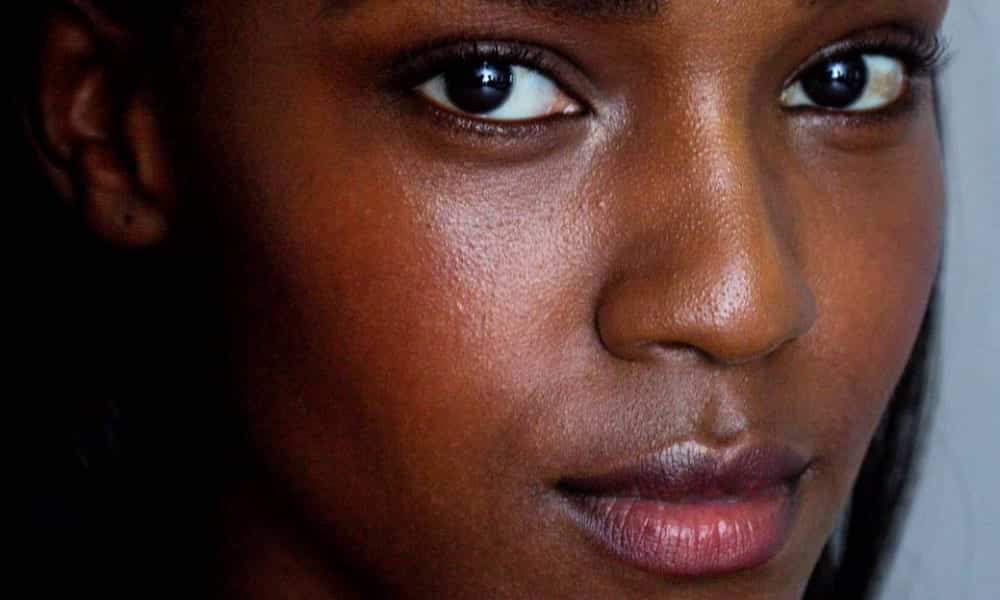Through some types of exams and assessments, you can find out your skin type and other characteristics, such as how old it appears and its resistance.
Can you tell what your skin type is? Most people don’t know.
What they don’t understand is that identifying your type is important for a variety of things.
This information, in fact, even influences when purchasing cosmetic products for daily use. This is because only products suitable for each skin type will achieve better results, even if it is an expensive cosmetic.
How to find out your skin type
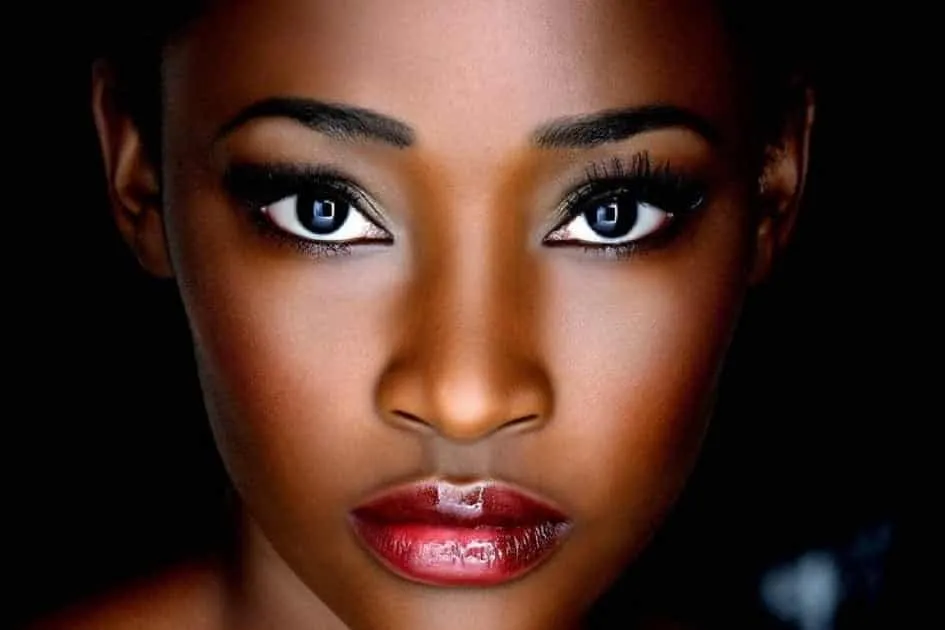
To discover your skin type, you must take into account certain characteristics it has, such as skin resistance and age. This can be assessed with the help of a professional. You can evaluate the skin through:
- Visual examination: visual assessment of the texture and uniformity of the skin and identification of skin abnormalities such as enlarged pores, pimples, peeling, redness, among others.
- Tactile examination: The tactile examination consists of evaluating the skin through touch and noticing its texture, elasticity, firmness and the presence or absence of oil.
- Interview: this is an interview carried out by a healthcare professional, who will give you a complete questionnaire about your skin and its habits, genetics and characteristics.
- Instrumental assessment: There are also several devices that allow you to evaluate skin type by assessing water loss or measuring oiliness and others that allow you to measure skin resistance and pigmentation. These exams must be carried out by a healthcare professional.
The procedures aimed at discovering your skin type must all be done without using makeup and carried out in a completely bright place without shadows.
Discover your skin type now
1 – Normal skin
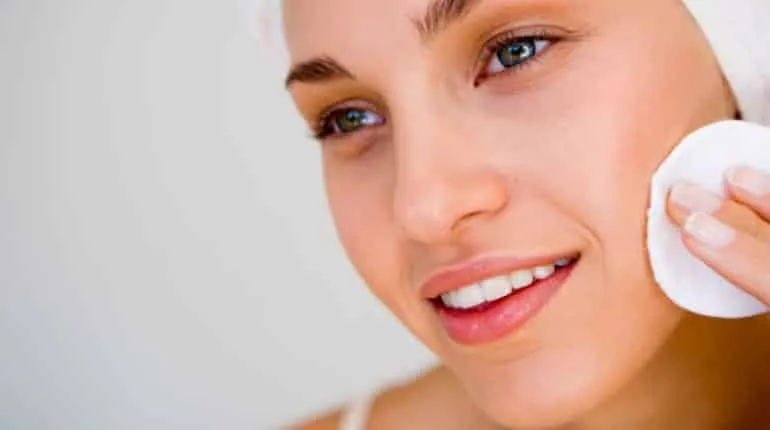
Normal skin does not appear oily or dry, has a moderate shine, is luminous, pink, and is normally smooth and firm to the touch, without imperfections. The pores are generally imperceptible to the naked eye and there are generally no pimples.
2 – Oily skin
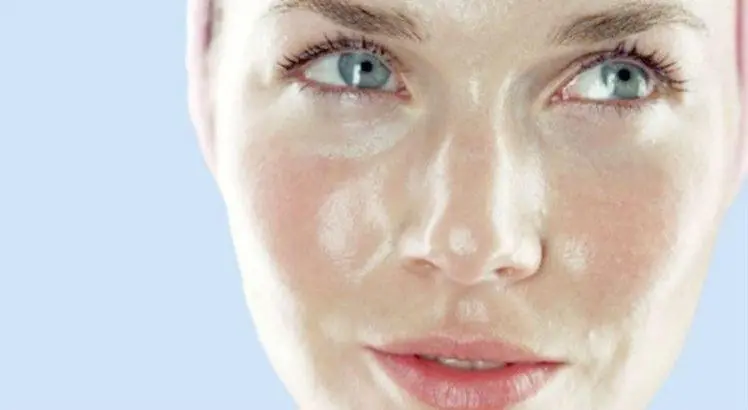
There are some types of oily skin:
- Seborrheic oily skin, which is thick skin, with excess oil, shiny, with very visible pores and with fat that is noticeable to the touch and which generally does not show flaking or redness;
- Dehydrated oily skin, which is skin with excess oil, shiny, with noticeable pores and prone to flaking, redness and irritation;
- Oily skin with sebum retention, which presents shine, sebum retention with the appearance of pimples, pale appearance, dehydration and tendency to irritation.
3 – Dry skin
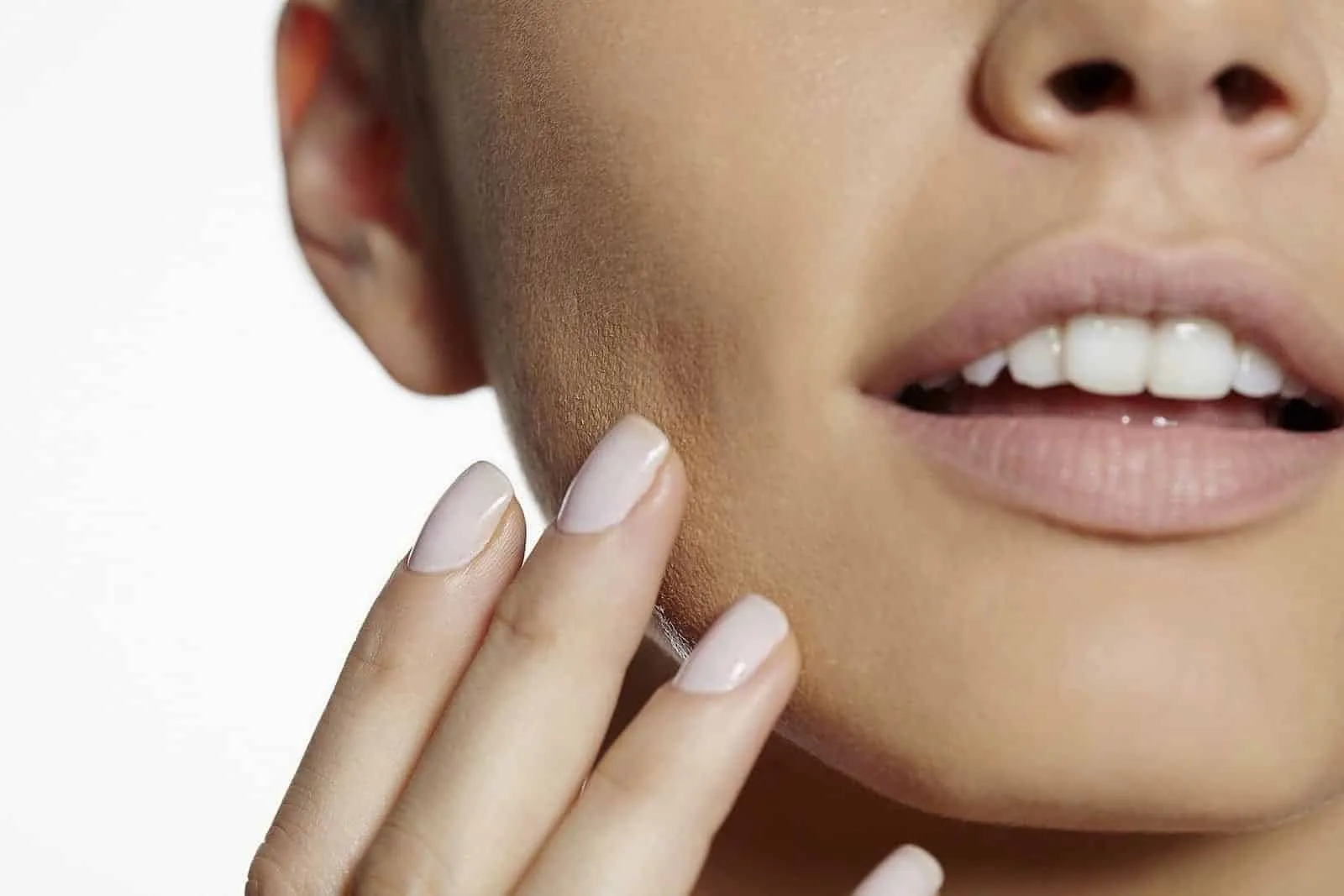
Dry skin usually causes a feeling of tightness after contact with water, with a tendency to develop fine wrinkles and flake.
Dry skin should not be confused with dehydrated skin, as dehydrated skin is skin that lacks water, while dry skin lacks nutrients and oils. Furthermore, people with oily skin may also have dehydrated skin.
4 – Before mista
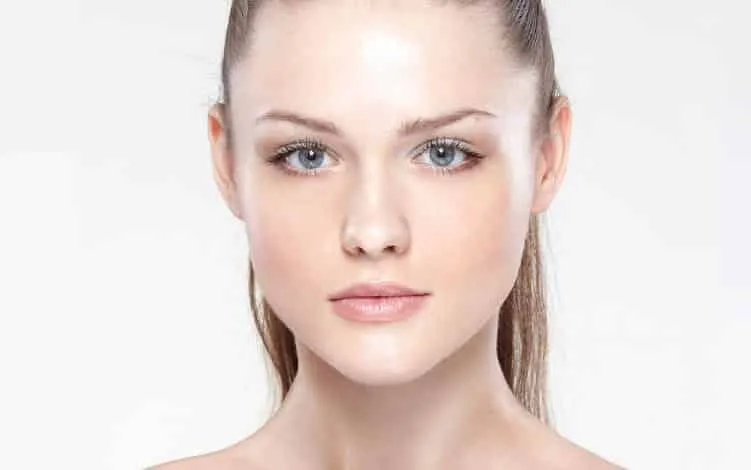
Generally, combination skin is oily in the T zone, which is the forehead, nose and chin region, and is dry or normal in the remaining regions.
5 – Skin resistance

In addition to the 4 skin types, they can also be resistant or sensitive.
Sensitive skin is skin that generally reacts to different stimuli, such as cold and heat, stress, diet, hormonal factors or the use of some products that contain perfume and some ingredients that cause irritation, which may cause burning, burning, itching, stinging. , peeling and dryness.
Skin phototype

Type 1 – Very clear. It burns easily and never tans. She is very sensitive.
Type 2 – Clara. It burns easily and tans little. She is sensitive.
Type 3 – Light brunette. Burns and tans moderately. It’s normal.
Type 4 – Moderate brunette. It burns little and tans easily. It’s normal.
Type 5 – Dark brunette. It burns rarely and tans a lot. It’s not very sensitive.
Type 6 – Black. It never burns and is fully pigmented. It’s insensitive.
Did you like this article? Then you’ll also like this one: Makeup for dark skin: 6 tips to never make mistakes again
Source: Your Health

Sign up for our newsletter and stay up to date with exclusive news
that can transform your routine!
Warning: Undefined array key "title" in /home/storelat/public_html/wp-content/plugins/link-whisper-premium/templates/frontend/related-posts.php on line 12
Warning: Undefined array key "title_tag" in /home/storelat/public_html/wp-content/plugins/link-whisper-premium/templates/frontend/related-posts.php on line 13

